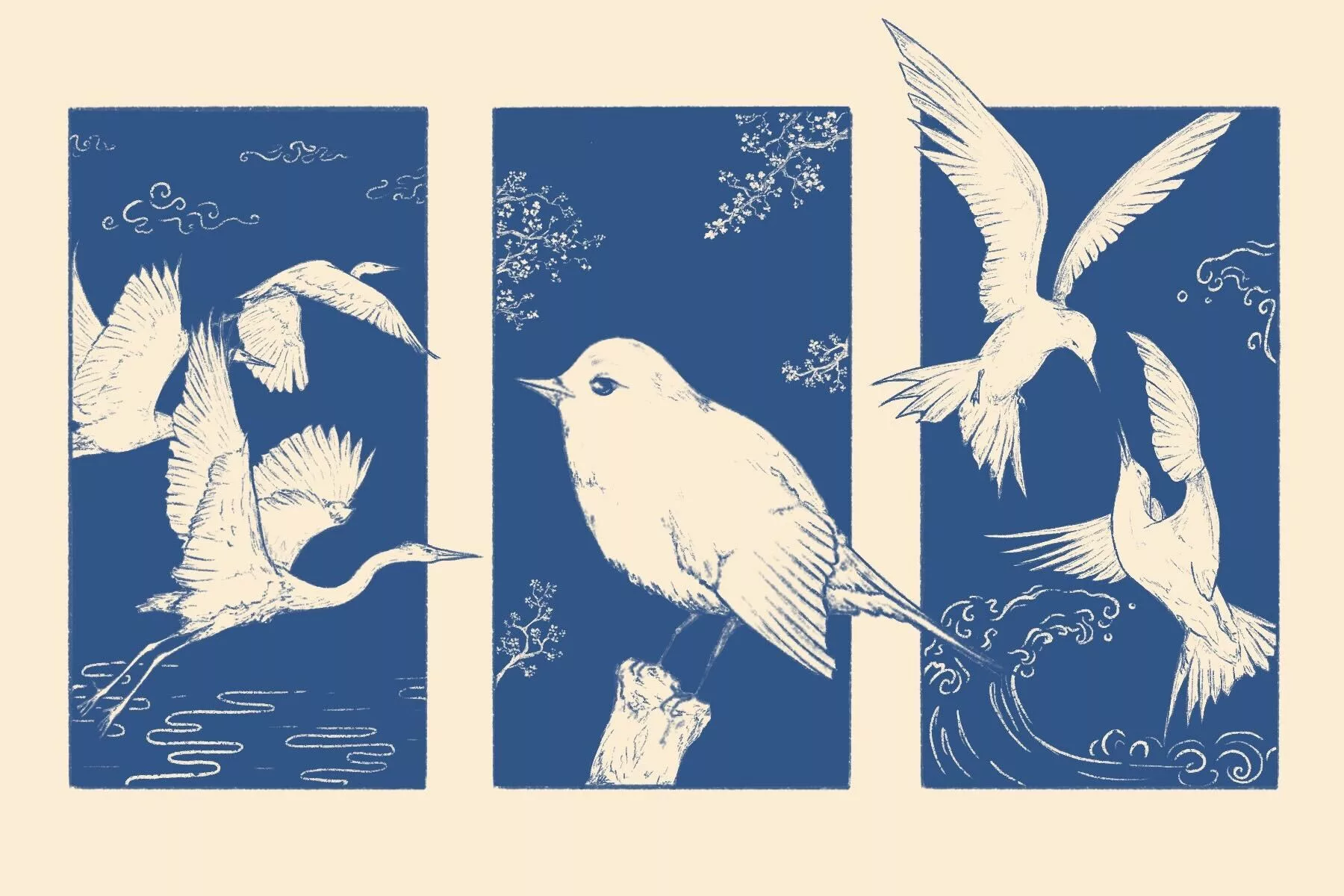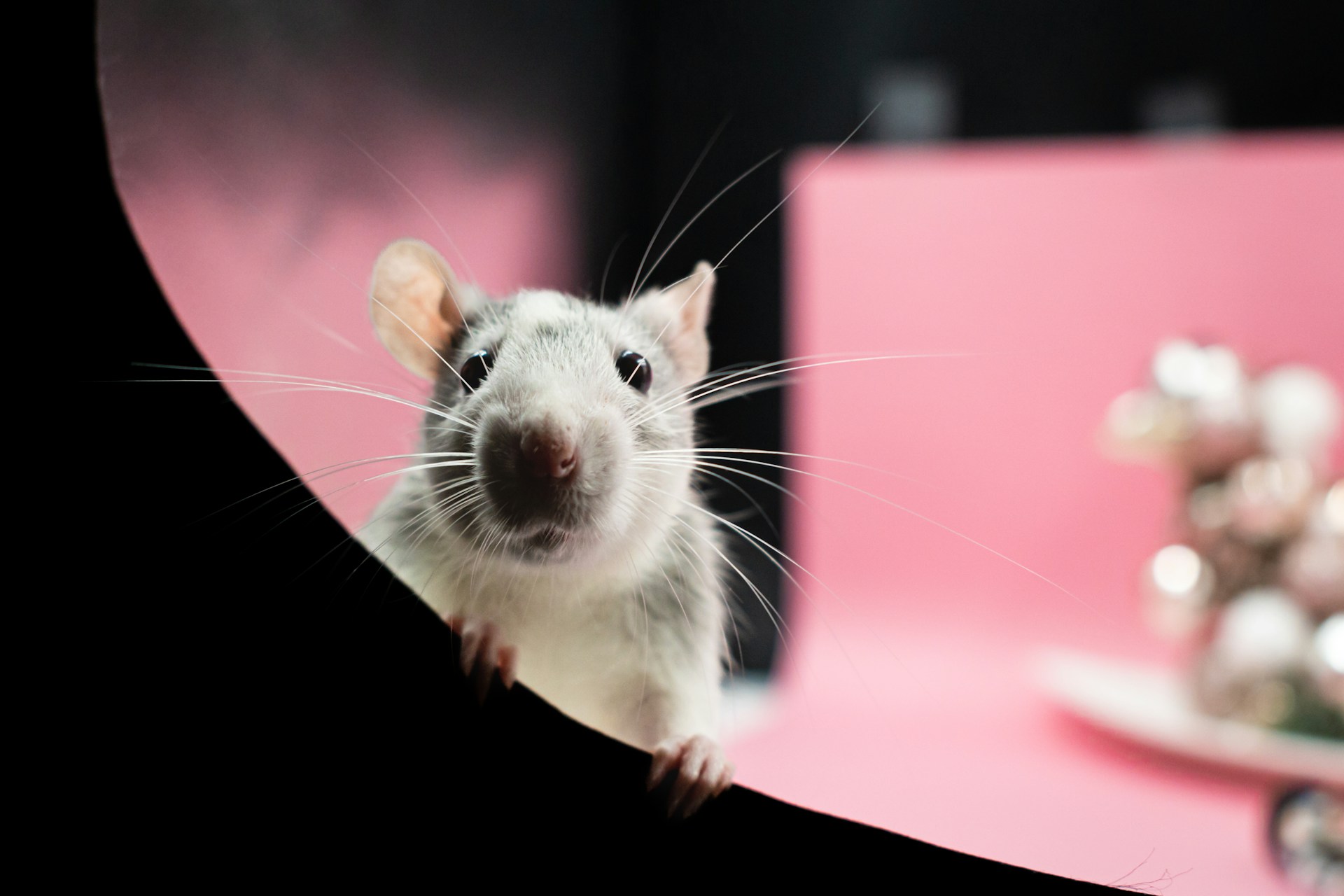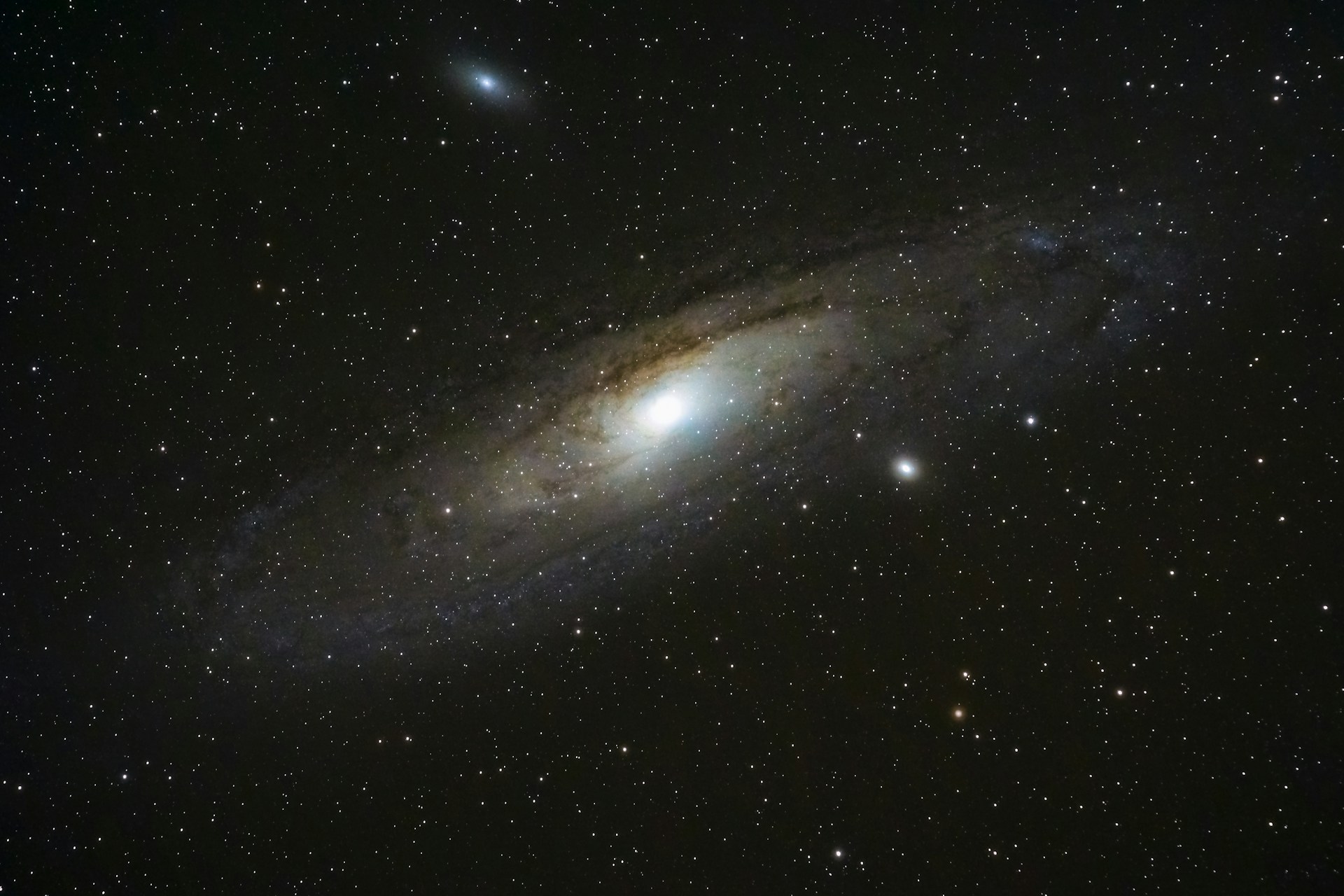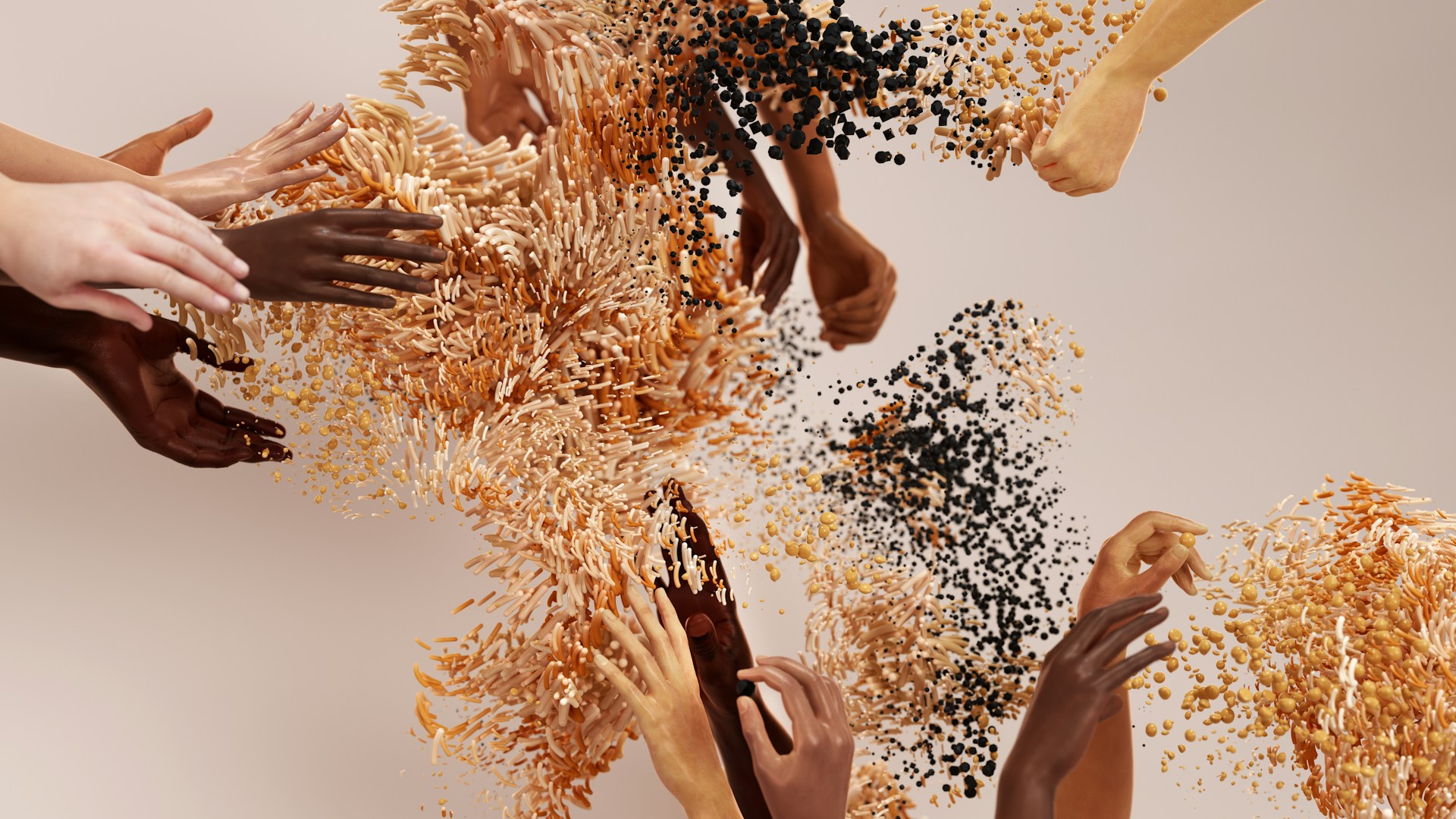Appealing to our emotions may be one of the most powerful tools we have against the climate crisis. Kendler’s exhibit at the Natural History Museum does exactly that. Image credit: Frankie Frazer
At Oxford’s Museum of Natural History, ‘Tell it to the Birds’—a multisensory sculpture by Jenny Kendler—sees secrets echoed by birdsong. In many ways, we are not so different to birds. Our songs carry stories that are deeply engrained into our cultures and communities—their notes ebbing and flowing with the history of humanity.
The sculpture, a lichen-scented hemisphere surrounding a small microphone, invites confessions and secrets to be told into the dome. Instantly, the human speech is “translated” into birdsong. Though perhaps imperfect, the translation unites our “languages”, as it combines two voices—one human and one bird. Kendler creates a simple reminder of the kinship that we owe to the birds: muses of our songs and art, blueprints for our flying machines, and importantly neighbours, who fill our skies and share key parts of our biology.
Kendler creates a simple reminder of the kinship that we owe to the birds: muses of our songs and art, blueprints for our flying machines, and importantly neighbours, who fill our skies and share key parts of our biology.
Despite reminders like this, UK bird populations are facing decline. Wild bird populations have fallen to nearly 80% of those seen in the 1970s. This accounts for the loss of 73 million birds over the last 50 years in the UK alone. The British Trust of Ornithology is a UK-based charity that strives to understand birds and bird populations. Their list of “Birds of Conservation Concern” highlights the species experiencing this decline to the greatest extent. Nine of the 246 species surveyed within the list, including the Mistle Thrush and Common Nightingale, are featured in ‘Tell it to the Birds’. Alongside them, two species from another conservation effort at the Zoological Society of London—the Grey Parrot and the White-Rumped Shama—are also featured in the installation.
Recent declines in bird populations are caused by historical changes to farming practices, as well as the roles and symbolism of bird species amongst various cultures. These factors are further exacerbated by a government that repeatedly undervalues conservation efforts.
The Grey Parrot, who echoed my secret with a shrill squeak, faces threats from poaching and illegal trade. Heralded as the ‘greatest mimic of human speech’, their ability to copy our words makes them highly desirable as pets, creating an illegal market for their sales. Their heads are often severed and used in local West African rituals as a form of “belief-based” medicine (as opposed to evidence-based). This practice is fortified by community beliefs that the ability of Grey Parrots to speak makes them healers of speech impediments.
Here in the UK, farming practices have evolved greatly over the last 50 years. The early 1980s saw extensive removal of the non-cropped features of farms, such as hedgerows, stripping farmland birds of nesting and feeding habitats. There has simultaneously been an increase in the usage of fertilisers and pesticides, such as glyphosate, a broad-spectrum herbicide whose use rose by 16% between 2016 and 2020. These chemicals are often toxic to birds, rendering regions of their remaining farmland habitats unliveable and exacerbating habitat shrinkage caused by farmland stripping.
The loss of bird species… would have an irreversible and large combinatorial effect on global ecosystems. Losing one species can impact the whole planet—they call this the butterfly effect, but it applies to birds as well.
The varied and often unexpected impacts that bird populations have on UK ecosystems are vital to conserve. They help to maintain the critical balance between species that the finetuning of our ecosystems rely on. For example, they forage insects in gardens to keep insect populations low, or act as a food source for larger birds of prey such as sparrow hawks or peregrine falcons. Birds are also vital pollinators that support plant-life globally, and seed dispersers, whose droppings carry seeds and nutrients that plant new lives and fertilise existing ones. Sea bird droppings, for example, provide an important source of nutrition for coral reefs, which are already threatened by climate change.
The Earth’s ecosystems are delicately intertwined. The loss of bird species, though seemingly inconspicuous individually, would have an irreversible and large combinatorial effect on global ecosystems. Losing one species can impact the whole planet—they call this the butterfly effect, but it applies to birds as well.
Beyond the intrinsic value of their preservation, the health of UK bird populations is correlated to the overall wildlife state of the UK. If our environment is calling for help, we will hear that cry as birdsong. Many experts, such as Richard Benwell, the CEO of Wildlife and Countryside Link, agree that we must ‘heed the warning written into today’s wild bird statistics’. Their decline is reflective of the UK’s overall wildlife state and should act as a sombre reminder of the trajectory of the Earth.
If our environment is calling for help, we will hear that cry as birdsong.
Reassuringly, there are individuals and organisations, like Jenny Kendler, who realise the importance of bird conservation. Kendler is a queer, Jewish, ecological artist and environmental activist, whose work has been exhibited for the past two decades in museums, biennials, public spaces, and nature areas.
‘The birds are watching’, another one of Kendler’s exhibits, featured 100 single eyes from bird species threatened by climate change. Both this piece, and ‘Tell it to the Birds’ melds what is human and what is animal, reminding us of the physical features, like eyes and voices, that we share. In turn, we are reminded of the common experiences that come with being alive, and the way all species are entangled and therefore reliant on one another. In doing so, Kendler works to ‘de-centre the human’, removing our ‘otherness of the more-than-human world’.
We are reminded of the common experiences that come with being alive, and the way all species are entangled and therefore reliant on one another.
The use of installation art to draw attention to conservation efforts is becoming more common. British designer and artist Es Devlin’s ‘Come Home Again’ installation at the Tate Modern featured a model of the dome from St. Paul’s Cathedral, in London. Decorating the model, were 243 hand-drawn illustrations of individual species, each endangered by the effects of climate change and human activity—a reminder of who the ground that our buildings stand on belongs to.
All installation art is temporary, and yet becomes a permanent part of the viewer. Young children spoke into the ‘Tell it to the Birds’ microphone and revelled at the birdsong chirruping back at them—the immediate impact of the exhibition was clear. Installation art evokes an intensity of emotion that is hardly matched by other forms of media, like posters or photographs. Beyond this, installations make often difficult-to-dissect, multifaceted, and complex challenges like climate change seem simple. They whittle the fact of the matter down to the fundamental truth: this is the one world we inhabit; we share it with wildlife, and we are not so dissimilar from the creatures we exploit to improve our lives here.
Arguably, installation art may not be the most effective means of pushing long-term change. Often, the art itself plays no direct role in solving the issue it represents—Kendler’s exhibits, for example, do not directly provide habitats for birds or protect them from the effects of chemical farming. Nevertheless, I feel that there is a tangible and lasting place for installation art in conservation. The ability to evoke emotional responses that cannot be replicated by hard, scientific data is a niche that cannot be filled in any other way. Though each individual installation’s impact may be poignant, but only fleeting, I believe that installation art can be used unrelentingly. Artists have the power to fill cities, galleries, and public spaces with beautifully unavoidable messages, which together, have the power to change perceptions and ways of life.
Installation art can be used unrelentingly. Artists have the power to fill cities, galleries, and public spaces with beautifully unavoidable messages, which together, have the power to change perceptions and ways of life.
Though Kendler’s exhibit took up a smaller proportion of the Museum of Natural History than I expected, the message was still clear. It is difficult, despite the small scale and simplicity of the exhibition, to call it lacklustre or low impact. Just on the next walkway, a model of the Dodo sat in a cabinet. The museum owns the last soft tissue remains of this species in the world—a creature lost to one of the most famous extinctions caused by humans.
Two cries for help sitting just meters apart in the walls of the museum: one by Jenny Kendler told through birdsong, and one from the Dodo, told through history. The birdsong itself lasts only for as long as the secret we whisper into the microphone—without our voices they are voiceless. The power we hold, as people, means we must be nature’s spokesperson. At a time where efforts to slow the decline of our bird populations are not being met with the attention they deserve, conservation efforts and installation art just like Kendler’s ‘Tell it to the Birds’ may be the only tools we have left to rescue them before time runs out.





